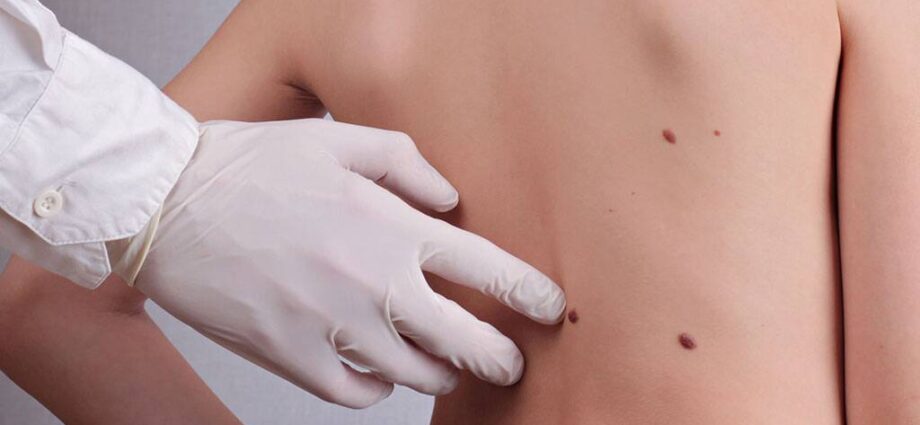Several relatively prevalent skin lesions are not malignant like moles. However, some Mole New York can develop into cancer. When inspecting your child’s moles, knowing what to look for might help you quickly find any malignant moles.
Here are signs your child’s mole should get checked:
- Changing mole
A mole will often develop at the same rate as a young toddler. Additionally, it is normal for a kid’s moles to change color.
Rapid growth (or change) in a mole might be concerning. If a mole changes and begins to look different from one of your child’s previous moles, that is also cause for concern. These moles are known as “ugly ducklings” by dermatologists. Such alterations could indicate melanoma.
A dermatologist should examine any mole on your child’s skin that is growing or changing fast or seems distinct from the others.
- A mole that is dome-shaped has a rough edge or has many hues
It’s probably a Spitz nevus if you see a raised, oblong growth on your kid’s red, pink, brown, or tan skin. This benign mole often occurs between the ages of 10 and 20. Such a mole can also be present at birth.
Even though a Spitz nevus is benign, it might resemble melanoma, the most dangerous form of skin cancer. A dermatologist should check for any moles on your kid that are elevated, dome-shaped, have sharp edges, or are multicolored.
- Bleeding mole
Raised moles have the potential to get irritated by certain things. However, if a mole bleeds unexpectedly, it has to be examined. Also concerning is a mole that resembles an open sore. Melanoma might indicate bleeding or a breach in the skin.
A dermatologist should check any moles on your kid that bleed or appear to be open sores.
- Many moles
It is typical for kids and teenagers to develop new moles. It’s typical for a youngster to have twelve to twenty moles by reaching adulthood.
However, if your kid already has more than 50 moles, you should consult a dermatologist. Many mole-covered youngsters may develop melanoma at a young age. According to research, more than half of melanoma patients aged 15 to 19 had at least 100 moles.
A youngster who has more than 50 moles should see a dermatologist. Melanoma is very curable if discovered early.
- Large mole
Most moles are tiny, round (or oval) patches, about the size of a pencil’s eraser. However, some kids get bigger moles. A huge mole may have a diameter of seven inches or more. These moles are typically present at birth in children. Additionally, these moles may develop soon after delivery.
A youngster is more likely to have melanoma and other conditions if they have an enormous mole. This risk is high when the child is young. More than half of big mole-related melanomas can be identified
by the time a child reaches the age of ten.
You should consult a dermatologist if your youngster has an enormous mole.
Although moles are non-cancerous, you should consult a dermatologist if you notice the above signs. Call Manhattan Dermatology to book your appointment for a mole checkup.

